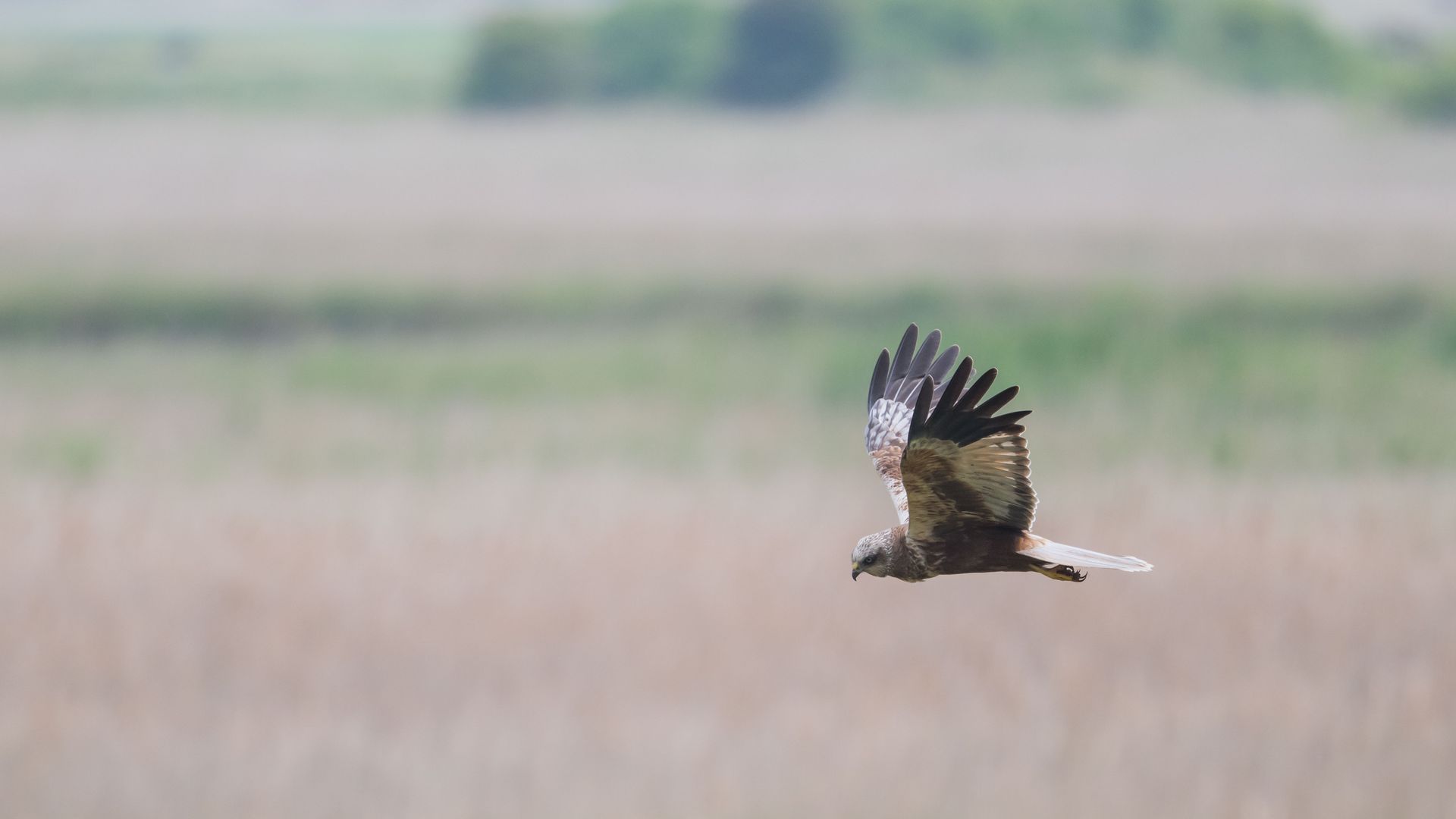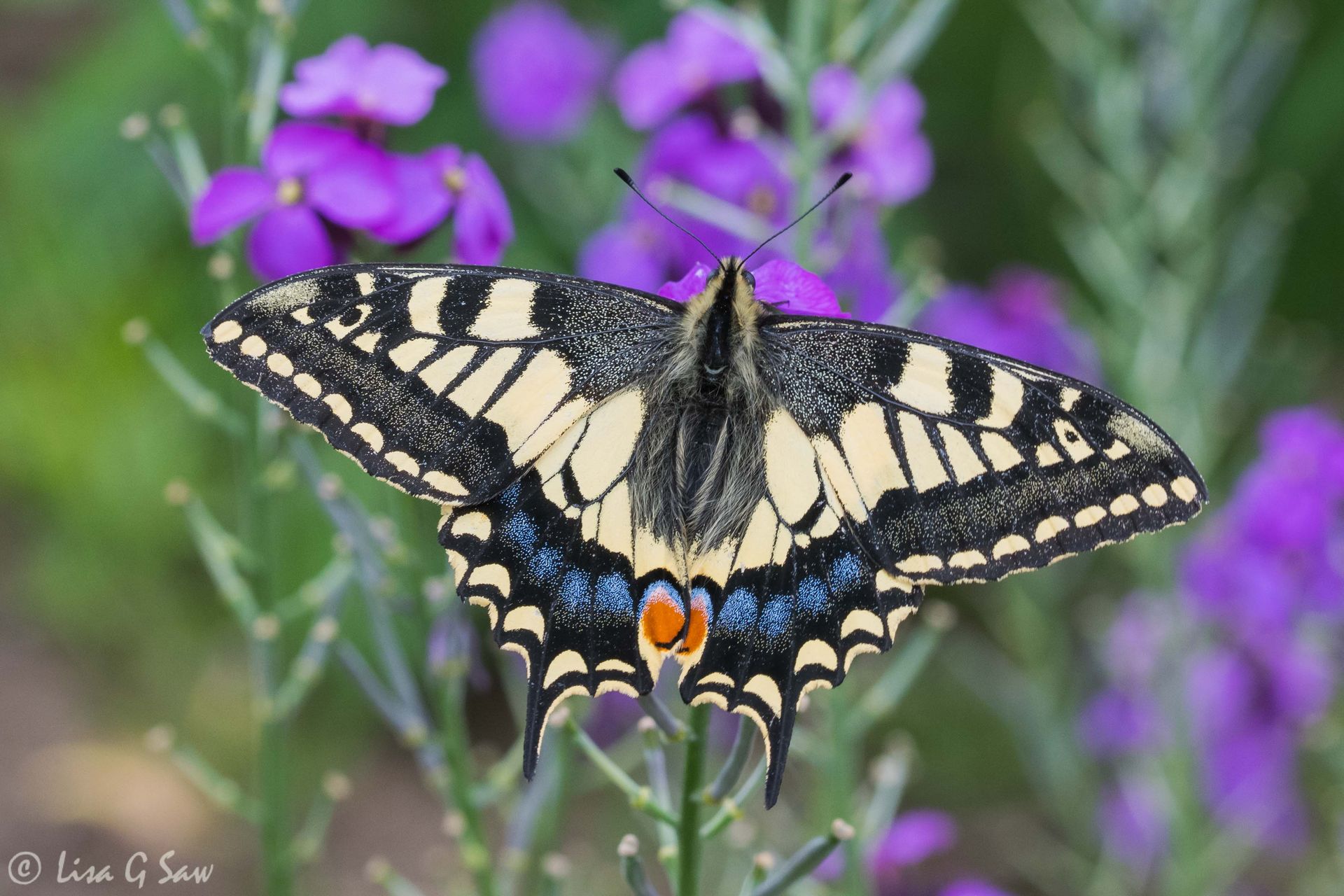Photographing Bluebells
A Wander Through The Woods
21st April 2022
I recently discovered that half the world’s bluebells are found in the UK – they’re relatively rare in the rest of the world. In fact, Common Bluebells are protected in the UK under the Wildlife and Countryside Act, 1981, which means you shouldn’t pick them and digging up the plant or bulb in the countryside is prohibited. Landowners are also prohibited from removing bluebells from their land to sell. You’ll often see signs about sticking to the footpaths and this is because it can take years for bluebells to recover when the leaves are crushed under the trampling of feet.
The poor fox clearly thought I was following it, but unbeknown to it, it was now even closer to my sister’s garden and right by my only way out of the wood. There was a small clearing and it had stopped just behind a branch on the ground. I just knew it could make for a lovely photo if I didn’t startle it. Ever so slowly, I inched forward, being careful where to tread. I kept my camera up to my face and avoided any sudden movements. First, the fox's head came into view, from behind the branch. I took a photo in case it suddenly scarpered. Then, I took one more step forward and I was able to see more of it. I managed to get a few more frames before it ran back into the wood.
It made my day!



